|
|

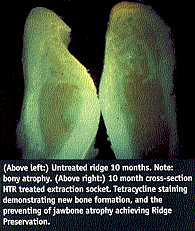 Replacement Therapy Concepts
Replacement Therapy Concepts
Simply stated: When you take something out, you put something back.
Replacement Therapy is the immediate replacement of an extracted tooth or teeth because: When you take something out, you should put something back. A synthetic bone graft, or an immediate implant placement coupled with a bone graft, should be placed in the socket to prevent disuse atrophy.
Bioplant HTR Synthetic Bone used in Replacement Therapy procedures is the way to prevent the 40-60% bone loss after tooth extraction which occurs in all people within two to three years. It is the solution for the universal problem of the atrophic jawbone: preventing the expected bone shrinkage before it happens.
|
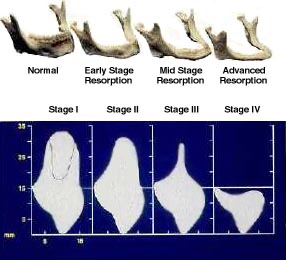
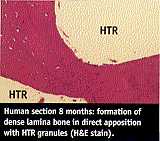 According to the American Dental Association ("ADA"), 80 million teeth are extracted annually, 50 million of which should be treated. According to the American Dental Association ("ADA"), 80 million teeth are extracted annually, 50 million of which should be treated.
It has been shown that after a tooth extraction, the surrounding jawbone tends to recede and atrophy, eventually losing nearly 40% to 60% of its original height and width within two to three years. This condition has been shown to negatively impact adjacent teeth (by shifting), create problems with chewing, cause muscular collapse with the development of facial lines, and create difficulties for future implants and dentures. This atrophy occurs regardless of the patient’s age, sex, or health. It has been demonstrated that placing Bioplant HTR into the socket immediately following tooth extraction prevents this jawbone loss, thereby maintaining the health of the surrounding teeth and bone and allowing the possibility of a future dental implant.
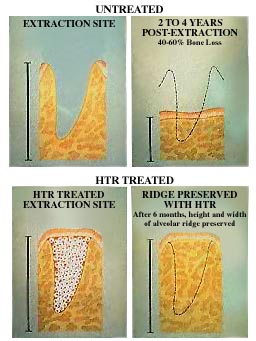
Bioplant HTR Synthetic Bone alloplast was the first replacement material that was successfully applied to fill extraction sites, which restores and maintains the vertical height and width of the alveolar ridge.
Bioplant HTR is presently the only synthetic bone material capable of performing this function.
When Bioplant HTR is wetted with the patient’s marrow blood and placed into an extraction site, the health of the surrounding hard tissue and adjacent teeth is maintained. Treatment of that area is facilitated by the retention of natural anatomy. The quality of the bone resulting from the therapy has been shown to be dense lamina bone, ready for advanced reconstruction techniques.
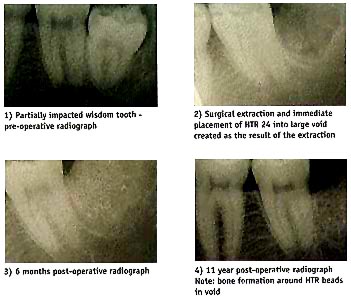
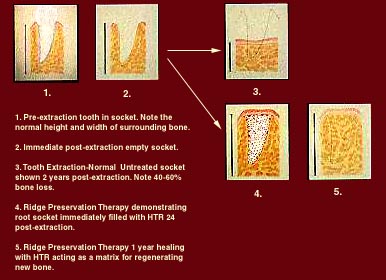

|
 |
 |
|


